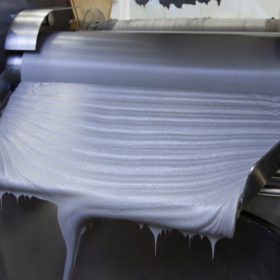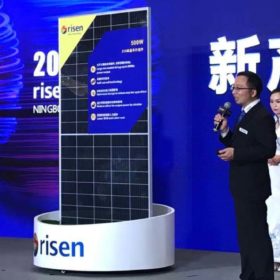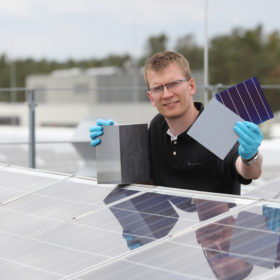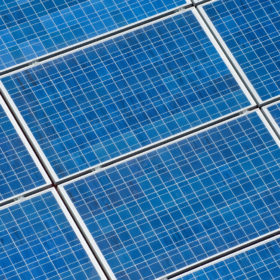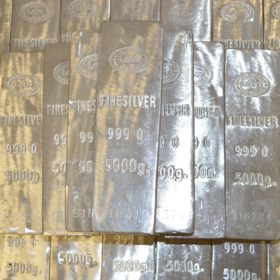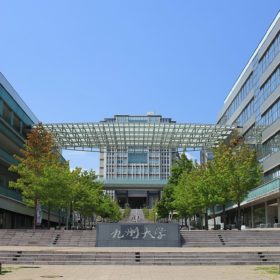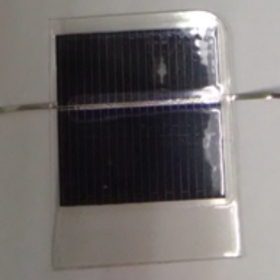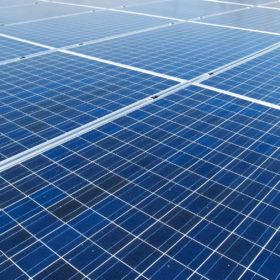New metallization paste range from Heraeus
The SOL 7 series comprises five products for Perc, Topcon and heterojunction devices.
Chinese PV Industry Brief: a 15 GW factory, new standards and solar glass output
Risen Solar has unveiled plans for a 15 GW cell and module fab in Yiwu City, Zhejiang province and China South Glass is fundraising for a PV glass factory in Anhui province. Such growth, however, may be slowed by the introduction of new standards by the government.
German scientists study causes of LeTID
Researchers at Germany’s Fraunhofer Institute for Integrated Systems and Device Technology IISB are trying to understand the causes of light and elevated temperature induced degradation (LeTID) in PERC solar cells. Initial investigations should provide a comprehensive understanding of the process and material dependency of LeTID and related degradation effects in monocrystalline and multicrystalline PERC solar cells.
Game theory for solar module manufacturing
Researchers in Iran have applied the Stackelberg leadership model to determine whether the creation of a closed-loop solar module supply chain – including panel refurbishing – is feasible. According to their findings, a similar supply chain may only be set up with public subsidies, which would ensure that costs for R&D, module production, and recycling are distributed between the government and all the chain’s players.
Silver demand for PV manufacturing may have peaked in 2019
A Silver Institute study says demand for the precious metal for solar manufacturing accounted for 11% of global consumption last year but reduced solar generation capacity up to 2023 will eat into that figure and ‘thrifting’ technological advances will kick in after that point.
An 18.12%-efficient perovskite solar cell with reduced hysteresis
Researchers in Japan have modified the tin(IV) oxide layer of a perovskite device with a fullerene-derivative-based self-assembled monolayer to produce a cell they claim offers stability and a reduction in the hysteresis effect which makes predicting power output so tricky.
Innovation promises cheaper solar cell glass manufacturing
Scientists have developed a hybrid production method combining metal mesh and a metal-oxide layer over a glass substrate which they say brings down production cost by 80% compared to the tin-doped, indium oxide-based technology currently in use.
Pouch lamination technique for solar cell encapsulation
Scientists in India have used a pouch laminator to encapsulate a polycrystalline solar cell. The resulting device, the researchers claim, showed better UV photon absorption than solar cells treated with a polymer surface coating.
New method to measure cell voltages in operational PV modules
Scientists in Japan have proposed a new model to estimate cell voltages in solar modules by irradiating the cells with a weak modulated laser light. The method could be used to detect hot spots and other panel-degradation issues, such as potential induced degradation (PID) peeling, cracking, and poor contacts.
A pressure-assisted technique to increase perovskite solar cell efficiency
Researchers in the United States claim to have significantly increased the efficiency of a perovskite solar cell by applying a range of pressures to the device. According to them, pressure-assisted processes such as lamination, cold welding and rolling/roll-to-roll processing can be used to improve interfacial surface contacts in perovskite cells.
